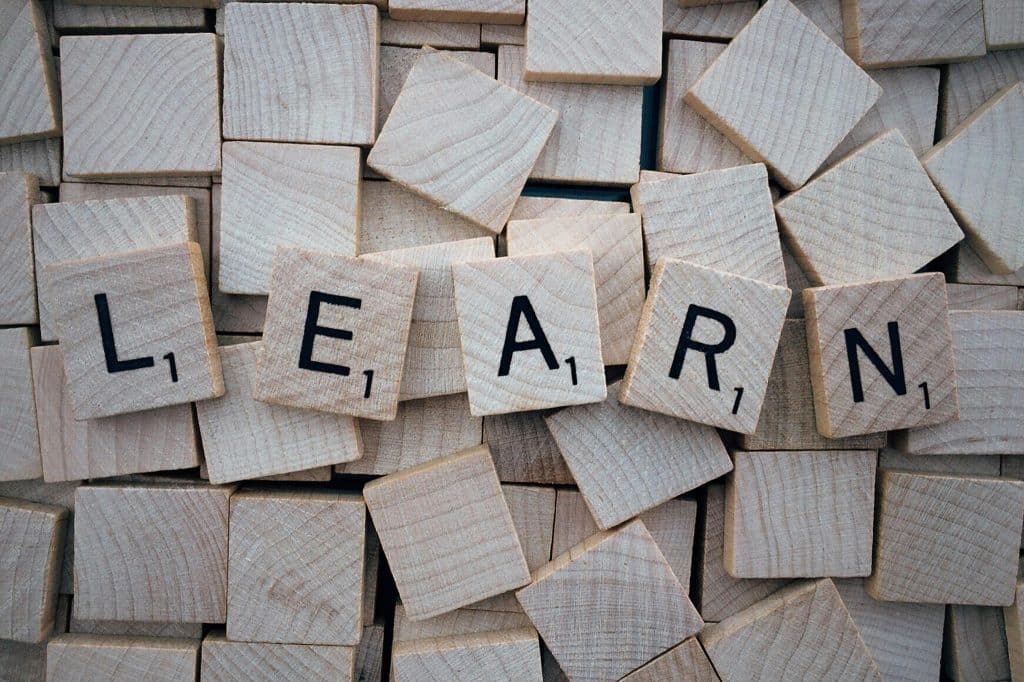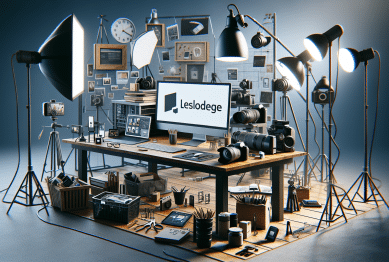In a world saturated with information, building a personal knowledge loop—a repeating cycle of capture, connect, reflect, and apply—is more essential than ever. This practice helps convert scattered content into deep understanding and real-world impact. Cultivating a personal knowledge loop means creating a system that captures ideas, connects them meaningfully, reflects on insights, and then applies or shares them—all fueling ongoing learning and growth.

What Is a Personal Knowledge Loop?
A personal knowledge loop is a discipline. It involves four interconnected stages:
- Capture: Collect interesting ideas—notes, quotes, audio, screenshots.
- Connect: Link new insights to existing themes, context, and notes.
- Reflect: Review and deepen understanding through periodic reflection.
- Apply/Create: Use your thoughts in writing, projects, or teaching.
This process turns passive consumption into active comprehension, building retention, creative context, and actionable output.
Why the Personal Knowledge Loop Is Trending in 2025
AI Agents with Memory Change the Game
Until recently, many AI systems were stateless—forgetting every session once closed. Now we’re entering an era likened to “Cheers”, where agents remember context across time, making interactions feel personal and intuitive. Companies like DearFlow, Abridge, and Anthropic are embedding memory into agents that learn your context, preferences, and history over time. This kind of AI becomes an active assistant in your personal knowledge loop.
Memory Layers Let AI Reflect and Adapt
Modern memory-enabled AI agents use multi-layer architectures like short-term (session), long-term (cross-session), semantic, and episodic memory—allowing them to remember, reflect on, and evolve from past interactions. Reflective agents can self-evaluate, extract insights, and improve future performance—mirroring how humans learn.
Tools Like Google NotebookLM Support Loop Workflows
Google’s NotebookLM (now part of Gemini and Google One AI Premium) allows users to upload documents for AI-powered summarization, audio overviews, and mind-map-style visualizations—making reflection and knowledge retrieval easier. It enables rapid summarization and helps you connect across documents, supporting both capture and reflect stages of your personal knowledge loop.
Step-by-Step Guide: How to Cultivate a Personal Knowledge Loop
1. Capture: Build Your Reliable Input System
- Choose your primary app: Options include Obsidian, Notion, or NotebookLM. Consistency matters more than features.
- Capture immediately: Use mobile clip tools or browser extensions to save ideas, quotes, screenshots, and audio.
- Diversify inputs: Save articles, voice memos, images, PDFs, snippets of conversation—anything that sparks interest.
- Enable automatic context capture: If your AI tool (like NotebookLM or a memory-enabled agent) auto-tags or summarizes, lean into that to reduce manual work.
2. Connect: Weave Ideas into Your Network
- Use linking systems: Employ Zettelkasten-style bidirectional links in tools like Obsidian to connect related ideas.
- Visualize knowledge graphs: Tools like Notion or Tana surface connections across notes, helping you see synergy where none seemed obvious.
- Tag consciously: Use thematic or project-based tags like “AI.Memory,” “Decision Loops,” or “Project X.” Tags help future recall and contextual retrieval.
3. Reflect: Turn Storage into Insight
- Weekly review sessions: Dedicate time each week to revisit captured notes and link them to existing themes or questions.
- Use AI summaries and mind maps: NotebookLM generates audio overviews and concept clusters to support reflection faster.
- Write mini-reflections: Create brief summaries, questions, or “aha” insights from each review—not to publish, but to internalize.
4. Apply/Create: Produce to Learn
- Publish or prototype: Turn ideas into blog posts, short newsletters, short videos, or project drafts. Application cements learning.
- Share select insights: Teach others via social media posts or community discussions to test your clarity and build accountability.
- Feed results back in: Capture feedback, outcomes, or emotional reactions to your shared work, starting a new loop cycle.
Tools & Trends Enabling Smarter Loops
AI Agents Learning Over Time
Agents like Anthropic’s Claude Projects or OpenAI’s ChatGPT memory feature retain user context across sessions, enabling personalized queries and tailored learning prompts. These systems enhance knowledge loops by proactively reminding you of tasks or prompting revision.
Memory OS Architectures
Advanced frameworks like MemoryOS use layered memory storage that updates and retrieves context intelligently, improving coherence and personalized interactions over time.
Contextual Memory Intelligence (CMI)
Emerging research on Contextual Memory Intelligence proposes systems that dynamically capture and reflect on context and rationales as a core design principle—enabling more explainable and responsibly personalized AI agents.
Real-World Examples & Scenarios
- Researchers using Zettelkasten: Link research notes to your insights and iterate toward academic articles or essays.
- Knowledge workers with AI summarizers: Use NotebookLM or other agents to summarize meeting notes, then connect them weekly, reflecting and converting into task lists or decisions.
- Creators with smart agents: AI agents that remember your tone and past feedback can draft blog outlines, suggest improvements, and remind you to publish or reflect—a loop in motion.
Challenges & Guidelines
Possible roadblocks:
- Tool overload: Managing too many platforms can fragment your system—stick to a core set.
- AI hallucinations: NotebookLM and agents sometimes misinterpret sources—always review critical outputs.
- Privacy concerns: AI memory raises privacy risks; choose tools with transparent controls and enable data governance settings.
Best practices:
- Set limits on what you allow AI to remember and retain.
- Periodically audit your tags, links, and notes to keep relevance high.
- Employ AI memory features with explicit consent and manual review.
Why Cultivating a Personal Knowledge Loop Is So Valuable
- You build deeper retention—reflection and linking move knowledge beyond short-term grasp.
- You get creative sparks—unexpected links across ideas can lead to unique insight.
- You become efficient—organized systems reduce search time and overwhelm.
- You become adaptable—reflecting and applying accelerates evolving skill and knowledge.
Conclusion
To cultivate a personal knowledge loop is to invest in your mental infrastructure. By capturing thoughtfully, connecting deliberately, reflecting deeply, and applying purposefully, you turn passive intake into structured wisdom—and in 2025, AI tools like memory-enabled agents and NotebookLM are making that easier and richer.
Start with one habit: a weekly reflection or a captured idea linked to at least one existing note. Let your loop grow. Over time, these small cycles result in deep insight, evolving projects, and a personal intelligence uniquely your own.
References
- TechRadar – Google transforms NotebookLM into a curated knowledge hub – and I might be in geek heaven
https://www.techradar.com/computing/artificial-intelligence/google-transforms-notebooklm-into-a-curated-knowledge-hub-and-i-might-be-in-geek-heaven - Wall Street Journal – The AI Experience Is Going From ‘50 First Dates’ to ‘Cheers’
https://www.wsj.com/articles/the-ai-experience-is-going-from-50-first-dates-to-cheers-0dc6b9dd - Paperless Movement – My Life-Changing 13-Year Odyssey in Note-Taking and PKM
https://paperlessmovement.com/articles/my-life-changing-13-year-odyssey-in-note-taking-and-pkm - Medium (Theo James) – The Future of Personal Knowledge Management: Tools and Trends to Watch
https://medium.com/@theo-james/the-future-of-personal-knowledge-management-tools-and-trends-to-watch-f0242d66d2b6









